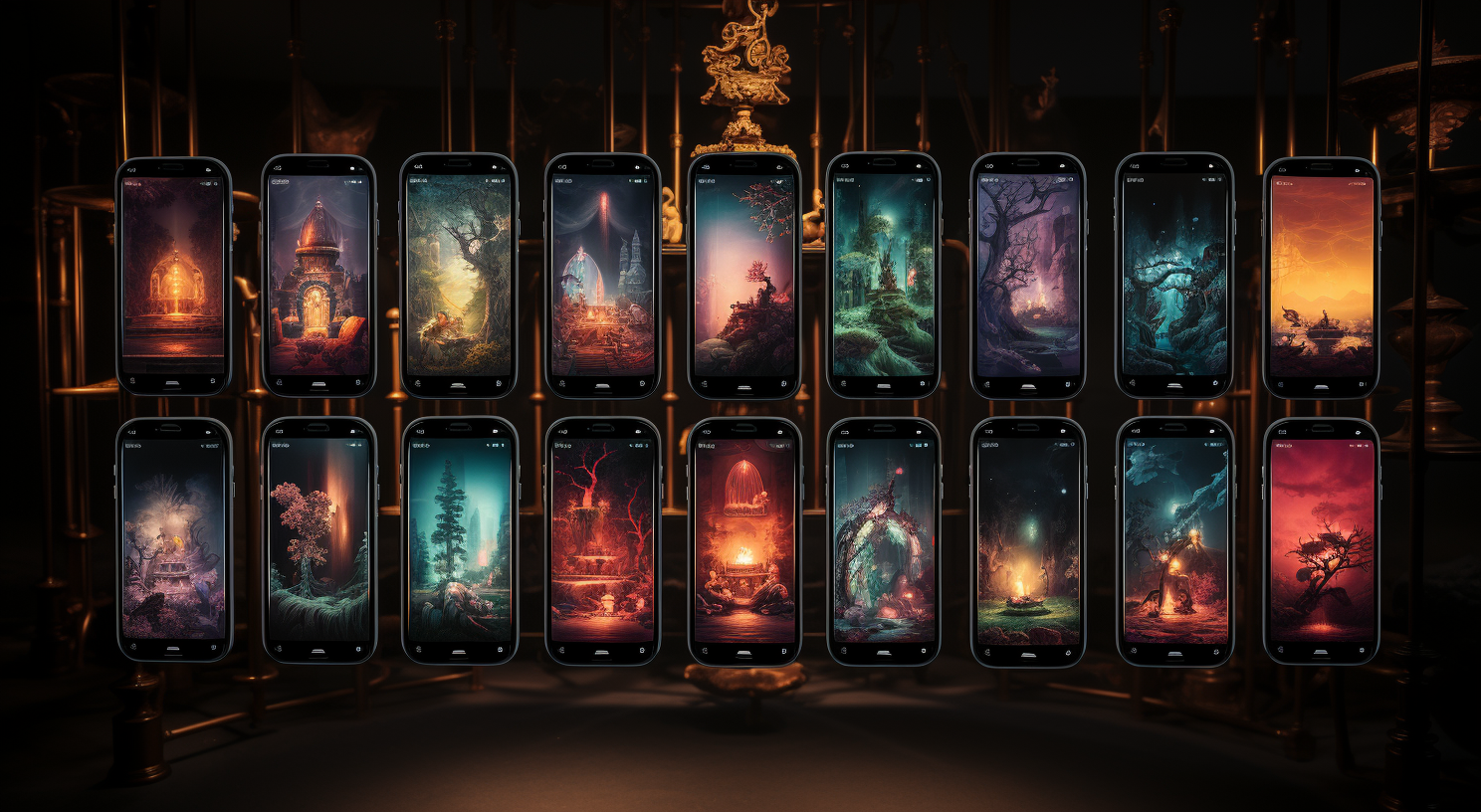DEFINITION:
An NFT is a digital asset that does not possess the quality of fungibility. An NFT is a digital asset that represents real-world objects like art, music, in-game items, and videos.
An NFT, or Non-Fungible Token, is a type of digital asset that represents ownership or proof of authenticity of a unique item or piece of content, such as artwork, collectibles, or even real estate, on the blockchain.
Unlike cryptocurrencies like Bitcoin or Ethereum, which are fungible and can be exchanged on a one-to-one basis, NFTs are unique and cannot be exchanged on a like-for-like basis.
Key Characteristics of NFTs:
- Uniqueness: Each NFT has distinct information or attributes that make it unique, and therefore it cannot be replaced on a one-to-one basis with any other token.
- Indivisibility: NFTs cannot be divided into smaller units and sold. You buy the whole item or none at all.
- Ownership Control: When you own an NFT, you have control over the associated data. For example, artists can include a royalty agreement directly in an NFT, so they'll receive a percentage of sales whenever their art is sold to a new owner.
- Interoperability: Some NFTs can be used across multiple applications and games. For example, a virtual costume bought as an NFT in one game might be used in another game.
- Provenance: You can trace back the ownership of an NFT. This is crucial for things like art and collectibles where authenticity and origin are important.
- Smart Contracts: NFTs often come with smart contracts that may include certain conditions or triggered events, such as the artist getting a cut whenever the NFT is resold.
- Marketplaces: There are various online marketplaces that facilitate the buying, selling, and trading of NFTs, such as OpenSea, Rarible, and NBA Top Shot.
NFTs have gained immense popularity, especially in the fields of digital art, collectibles, and even real estate and finance. However, they are also subject to various criticisms, including their environmental impact due to the energy-intensive processes of blockchain networks like Ethereum, and the speculative nature of the market.

The History of NFTS
The Early Days: Colored Coins
The concept of unique digital assets isn't entirely new. Before NFTs became a household term, there were "colored coins" on the Bitcoin blockchain. These were essentially Bitcoin tokens marked (or "colored") to represent assets like property or shares. However, the Bitcoin protocol wasn't designed to support such tokens, making the system somewhat clunky and limited.
Ethereum and ERC-721
The real breakthrough came with the advent of Ethereum, a blockchain that supports smart contracts. In late 2017, the ERC-721 standard for NFTs was proposed. This standard allows for the creation of non-fungible tokens on the Ethereum blockchain and includes a range of features for interacting with the tokens.
CryptoKitties: The Viral Sensation
In November 2017, CryptoKitties, a game that allows players to purchase, collect, breed, and sell virtual cats, became one of the first applications to demonstrate the potential of NFTs. The game went viral, and some CryptoKitties sold for tens of thousands of dollars. It also congested the Ethereum network, highlighting both the potential and limitations of the technology.
Mainstream Adoption and Diversification
After the CryptoKitties craze, the use of NFTs began to diversify. Platforms like OpenSea, Rarible, and NBA Top Shot started to emerge, offering a marketplace for a variety of NFTs, including digital art, sports memorabilia, and virtual real estate.
Digital Art and High-Profile Sales
In March 2021, a digital artwork by Beeple sold for $69 million at a Christie's auction, bringing NFTs into the global spotlight. This event marked a significant moment, legitimizing NFTs as a form of art and investment.
NFTs Beyond Art
Today, NFTs have expanded beyond art and collectibles. They are being used for a wide range of applications, including intellectual property, academic credentials, and even as a means to sell tweets. Various industries are exploring the utility of NFTs, from entertainment and gaming to real estate, finance, and even the adult entertainment market.
Criticisms and Future Outlook
While NFTs have opened up new possibilities, they are not without criticism. Concerns have been raised about their environmental impact, copyright issues, and the speculative nature of the market. Nonetheless, ongoing developments in blockchain technology aim to address some of these issues, and NFTs continue to evolve.
The history of NFTs is still very much in the making, and it will be interesting to see how they continue to impact various sectors in the years to come.
You May Also Like:



